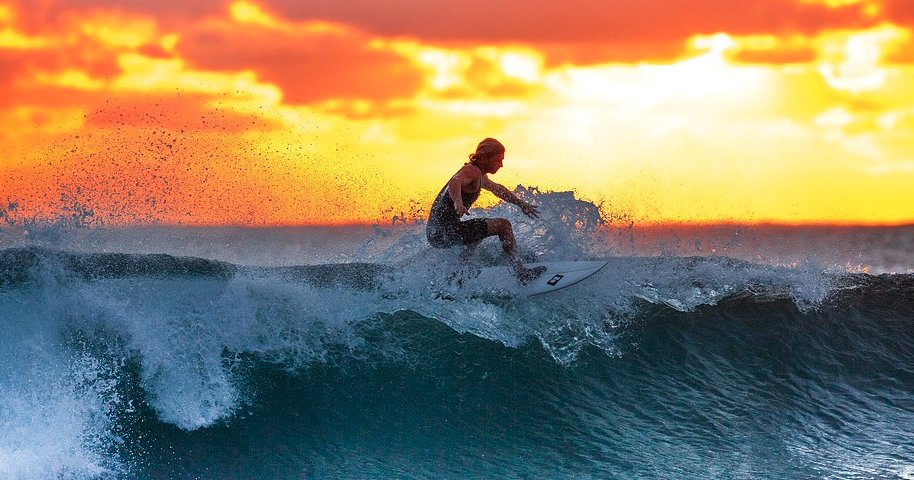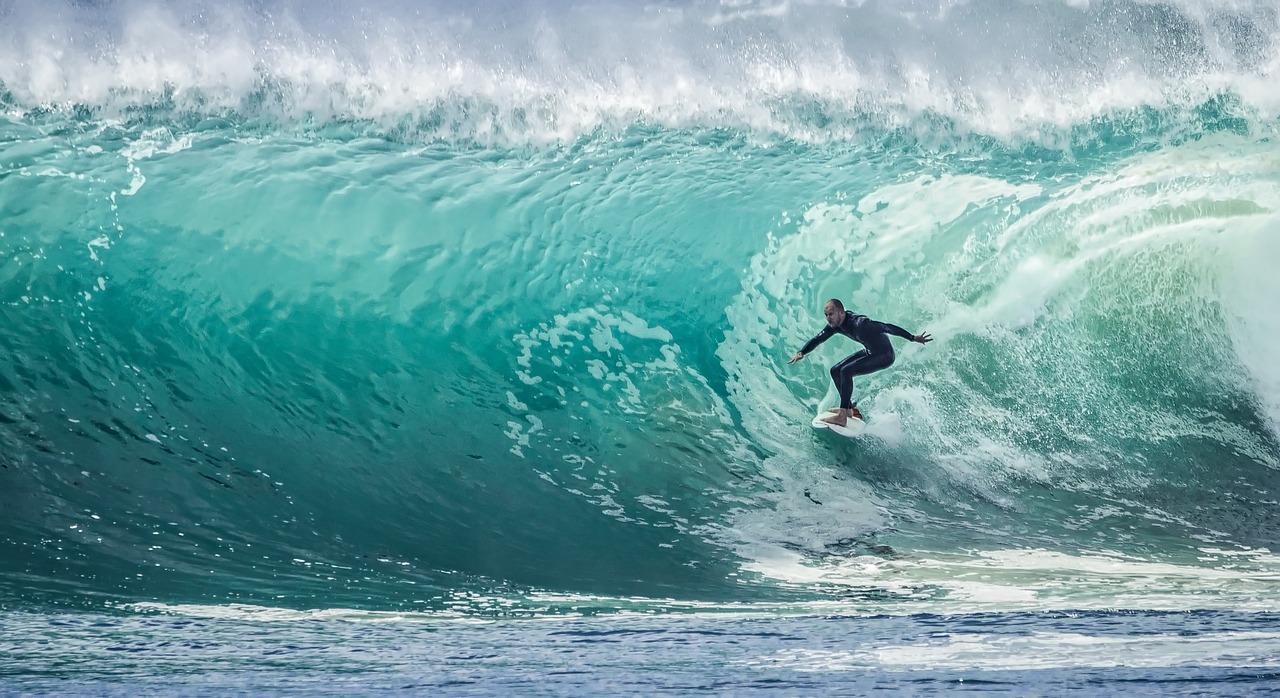Five Useful Tips for Surfing Beginners
If you’re someone who’s new to surfing, or someone who wants to try surfing for the first time, you’ve probably seen videos online of people surfing massive waves, doing crazy stunts, and speeding through the perfect barrel wave. Every surfer who can do these who is skilled enough to pull off what you’ve seen online was once a beginner just like you. Below, we’ve laid out some essential tips to help you kickstart your surfing journey so you too can be out there one day surfing like a pro.
Buy an 8 Foot Soft Foam Board
One of the most important things for a surfing beginner to learn and develop is proper mechanics on a surfboard. A large soft board is the perfect product to get a solid grip on surfing fundamentals. These boards are stable to make popping up easier, soft for much less painful wipeouts, heavier to make paddling out through tough waves with ease; and lastly, cost effective as hopefully you’ll be buying a new board for more advanced surfers soon enough.
Practice Your Pop-Ups on the Sand.
One of the most difficult things for new surfers to master is the pop-up, the act of standing up on your board once you catch a wave. To practice popping up more efficiently, dig a whole in the sand for the fin of your board, and then lie it flat on the ground. Then lie on your board and practice the motion of paddling to catch a wave, then quickly push up with your arms and standing up, feet perpendicular to the board. Repeat this over and over again until it feels natural, and then take your board out to the water.
Always Wear Your Leash
One of the biggest safety precautions in surfing, is unfortunately one that many beginners overlook. Every surfboard comes with an attached leash that you velcro around your ankle. This is similar to a seatbelt in a car. It may seem tedious and uncomfortable, but is extremely important for yourself, and others around you. If you get launched off your board by a wave, your board will also be launched into the air, and can injure other surfers in your area. Additionally, you are left with nothing to hold onto which can be extremely dangerous in deep choppy waters. Please be sure to wear a leash every time you take your board into the water.
Start with White Wash
Before chasing after big waves, start practicing your surfing in the calmer white wash close to the shore. Popping up in the white wash requires the same mechanics as doing so out in larger waves, with much more forgiving consequences of falling, which you will be doing plenty of. By practicing in these smaller waves, staying perpendicular to the shore, you will tune up your fundamentals to the point where you’ll be ready to paddle your board out and catch some real waves
Be Resilient!
Just like any other sport, surfing takes an abundance of time and practice to really get the hang of. Unlike nearly every other sport, failing involves falling into the ocean and getting thrown around by waves under the water. This can be both frustrating and scary, especially if you just had a big wipeout. The most important thing to remember is that every beginner and expert alike will make mistakes and fall. It is simply part of the sport. The best thing to do as a beginner frustrated by a lack of progress in their surfing is to keep paddling out, and getting back on your board. Sooner or later it will inevitably become muscle memory, and you will thank yourself for not quitting once you’re out there surfing amazing barrel waves.





